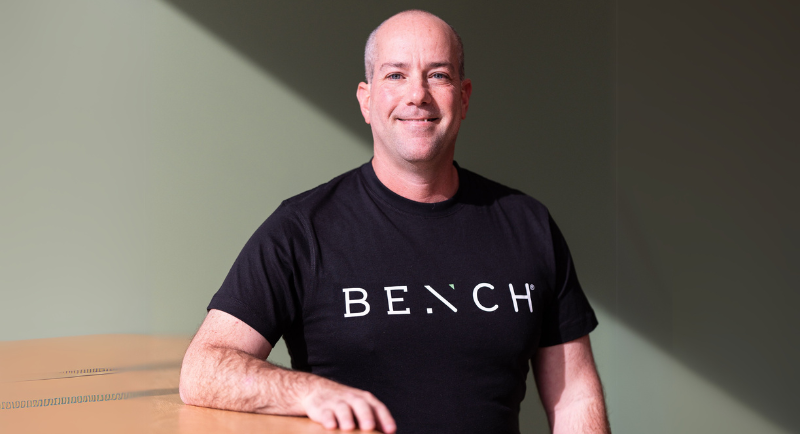By Shai Luft, co-founder and chief operations officer at Bench Media
Election campaigns in Australia have always been a high-stakes sprint with big budgets, tight timelines, and a rigid game plan that rarely shifts once the race begins. But in 2025, that approach is a liability.
Voter behaviour has changed dramatically, just like consumer behaviour. Sticking to a fixed plan when sentiment can shift overnight is like launching a brand campaign and refusing to optimise, even though the data is clear. It’s outdated, ineffective, and a surefire way to burn through millions.

Shai Luft
Stop blanket bombing, start precision targeting
Most election campaigns still rely on the outdated ‘spray and pray’ approach—flooding the market with generic messaging about health, education, and the economy, hoping something, somewhere, eventually sticks. But today’s voters, like consumers, expect relevance.
The smartest campaigns take a page from modern performance marketing—using granular data to serve the right message to the right voter in what feels like a personalised way. Swing voters in suburban battlegrounds care about cost-of-living pressures, while younger, progressive audiences might be more concerned with climate policy. The one-size-fits-all messaging of the past doesn’t work, not for politics and not for brands.
Influencers: the endorsements that actually matter
The days of party leaders posing for photo ops at construction sites or primary schools are over. Staged PR stunts feel outdated. Political parties are waking up to influencer marketing—something brands figured out years ago but still under-utilise in campaigns.
With ad blockers, privacy regulations, and growing ad fatigue, consumers trust informal marketing channels more than ever. Gen Z and Millennials, which now outnumber Baby Boomers for the first time in an election, expect brands to meet them where they are, with messaging that’s personal, relevant, and authentic. They don’t want a hard sell; they want brands that listen, engage, and show up in ways that matter to them.
Move fast, test often, adapt instantly
Election campaigns have traditionally been slow-moving beasts, locked into fixed media plans with little flexibility. But in today’s landscape, that’s a recipe for irrelevance.
Just like modern brand campaigns, political marketers need to embrace rapid testing, real-time data analysis, and constant iteration. The best campaigns aren’t guessing what works, they’re A/B testing, tracking engagement shifts in different electorates, tailoring creative messages based on audiences and doubling down on what cuts through. If your campaign isn’t moving at the speed of the internet, you’re already behind.
Beyond party spending: the rise of lobbyist ad blitzes
Political advertising isn’t just coming from the parties anymore. Lobbyists and industry groups are flooding social media with aggressive, agenda-driven messaging designed to shape voter sentiment. Just look at the Teal movement in the last federal election or the ‘No’ referendum campaign, both proof that external players can shift the narrative in a big way.
This mirrors how brands today aren’t just battling direct competitors but also industry disruptors and cultural movements. Marketers can’t afford to ignore the noise—control of the conversation isn’t a given. It’s earned through sharp messaging, strategic placements, and, most importantly, speed.
Run your campaign like an election sprint
Political marketing teams need to stop thinking like bureaucrats and start acting like nimble challenger brands. Be bold, be fast, and be relentlessly focused on what’s working.
Election campaigns are six-week sprints where messaging, audience insights, and data points must be constantly evaluated and fed back into agile campaign changes. The brands that take this same approach—lean, data-driven, and audience-obsessed—will win. The ones clinging to tired playbooks? They’ll be left wondering where their loyalists went.
Top image: Shai Luft

